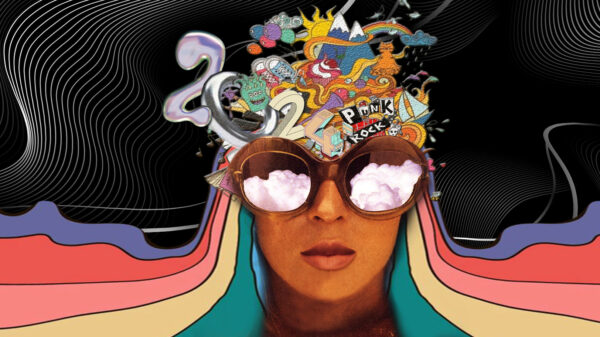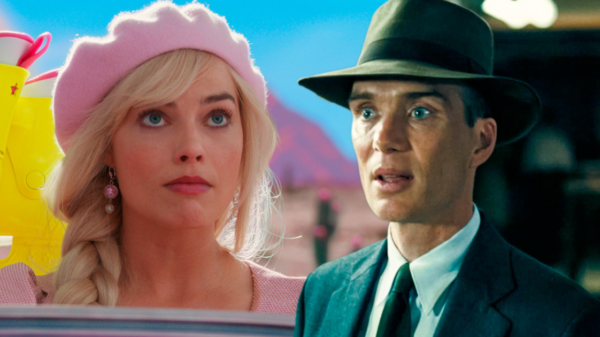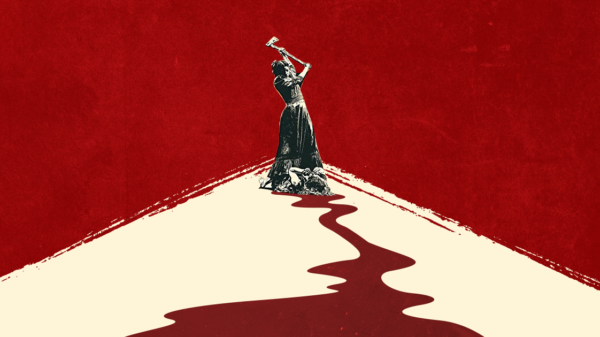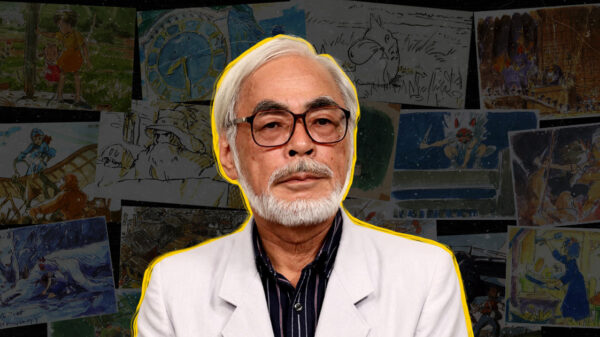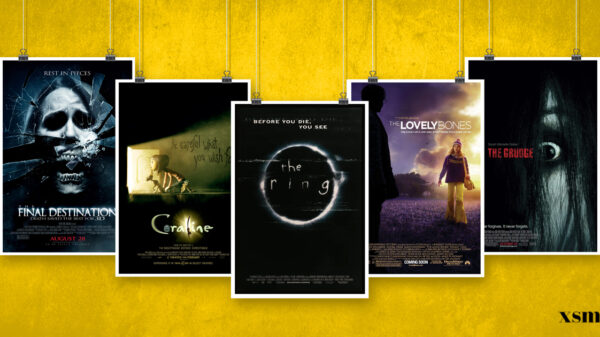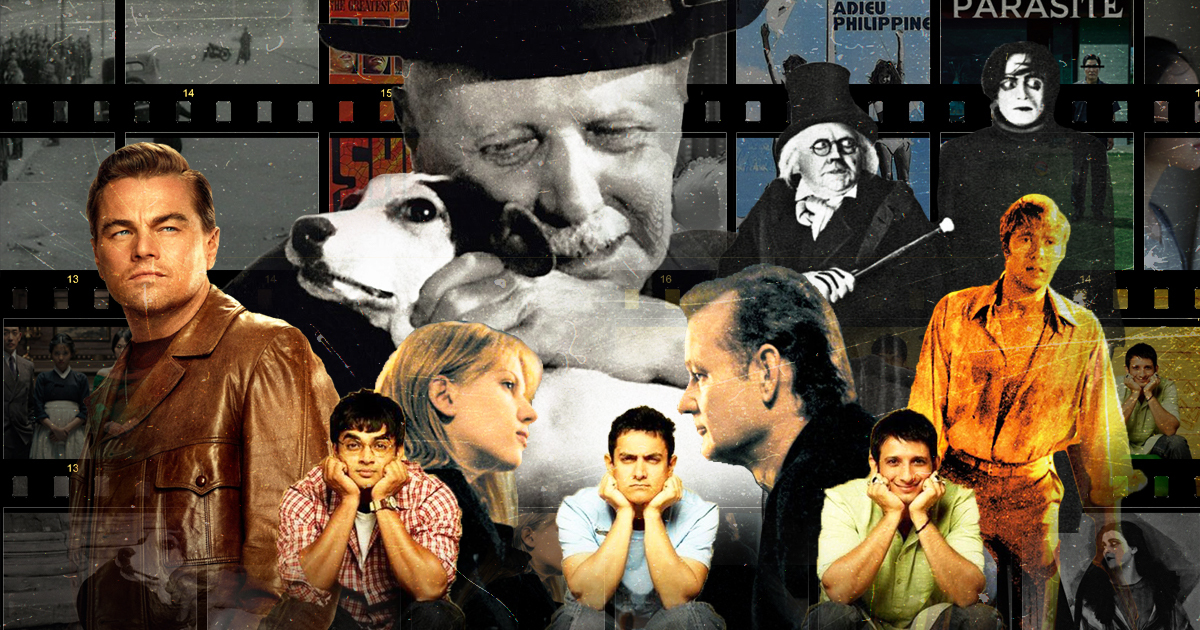Lights, camera, action! The world of cinema is mesmerizing, taking us on a journey through different worlds, times, and perspectives. It’s a medium that can entertain and educate us, shaping our popular culture and influencing our opinions. Film styles are at the heart of cinema and the techniques that directors use to create their masterpieces. From themes to sound, dialogue, cinematography, and lighting, every aspect of production adds value to a film and determines how we perceive it. Let’s take a closer look at the diverse film styles of global cinema and explore the magic waiting to be discovered!
Hollywood: The Birthplace of Cinema

Hollywood, the magical land that has given us some of the most iconic films and unforgettable moments in cinematic history, has a rich and fascinating past that dates back to the early 20th century. A bustling hub of creativity and innovation, Hollywood’s story began with establishment of several film studios in the area. And as the industry rapidly expanded in the 1920s, the world was introduced to what we now know as the “Golden Age of Hollywood.” This era saw the emergence of many of the narrative conventions and visual styles that still define Hollywood cinema.
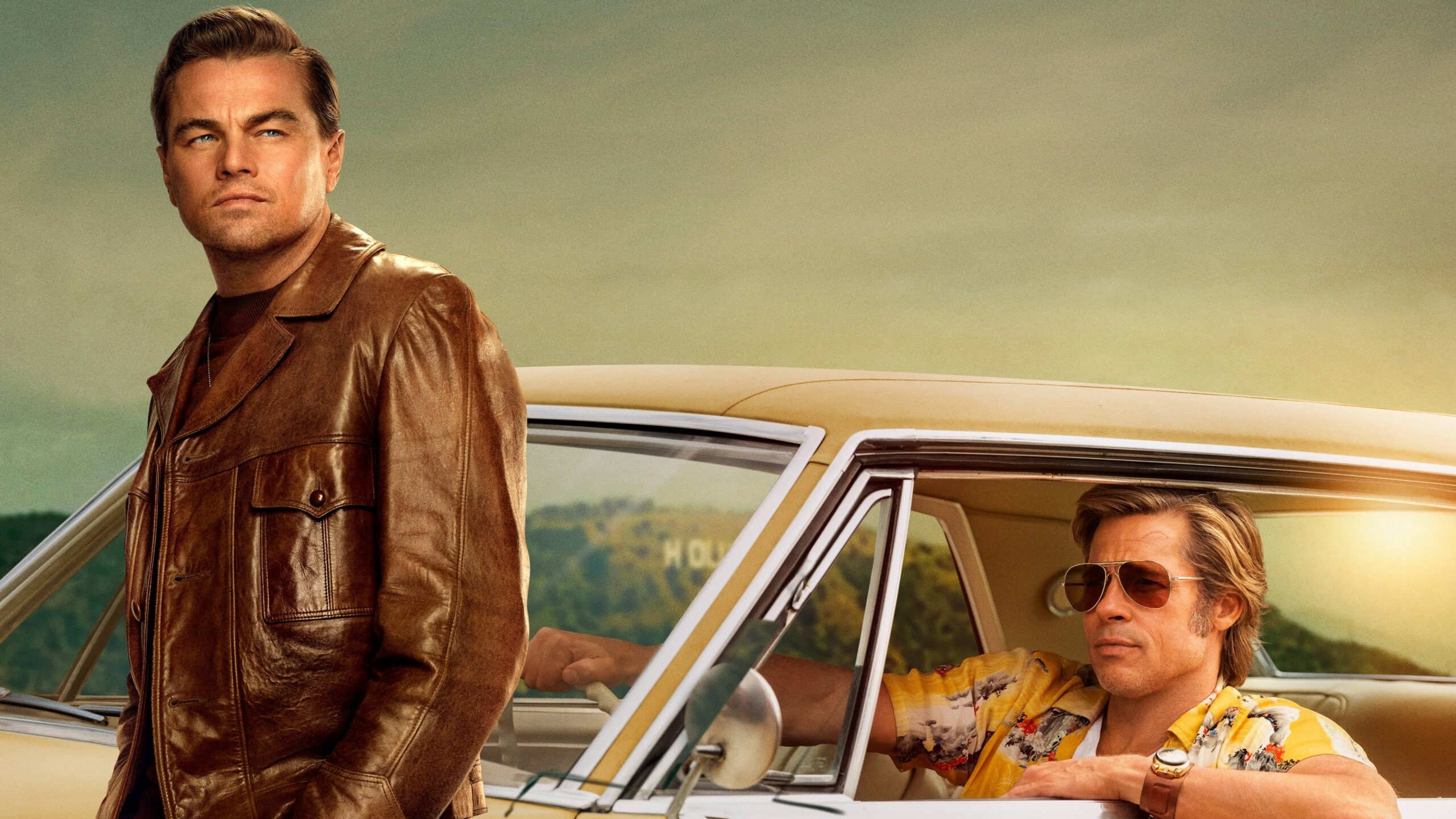
Iconic films that have come out of Hollywood can help one understand the essence of the Hollywood style. Quentin Tarantino’s Once Upon a Time in Hollywood is an excellent example. The film portrays a romanticized version of Hollywood in the late 1960s and early 1970s, a crucial era for the filmmaker’s creativity. It follows the story of Rick Dalton, a once-successful actor whose star is fading, and his stunt double and best friend Cliff Booth, whose Hollywood career is also declining.

Another iconic film that defines Hollywood style is the Coen Brothers’ Hail, Caesar!, which is closely linked to the Golden Age mythology of classic Hollywood. The storyline is tied to Hollywood’s use as a tool for propaganda, promoting the ideological aims of US capitalism over the socialism of the then-USSR. The Coen brothers use Cold War paranoia and the philosophy of H. Marcuse to showcase the power of movies on the human psyche. They demonstrate how this understanding of psychology was used in Golden Age Hollywood to influence the American public into supporting the US government.
Hollywood’s global influence on cinema is undeniable. Its unique combination of narrative storytelling, visual spectacle, and character development has shaped how movies are made and enjoyed worldwide.
Bollywood: The Indian Film Industry
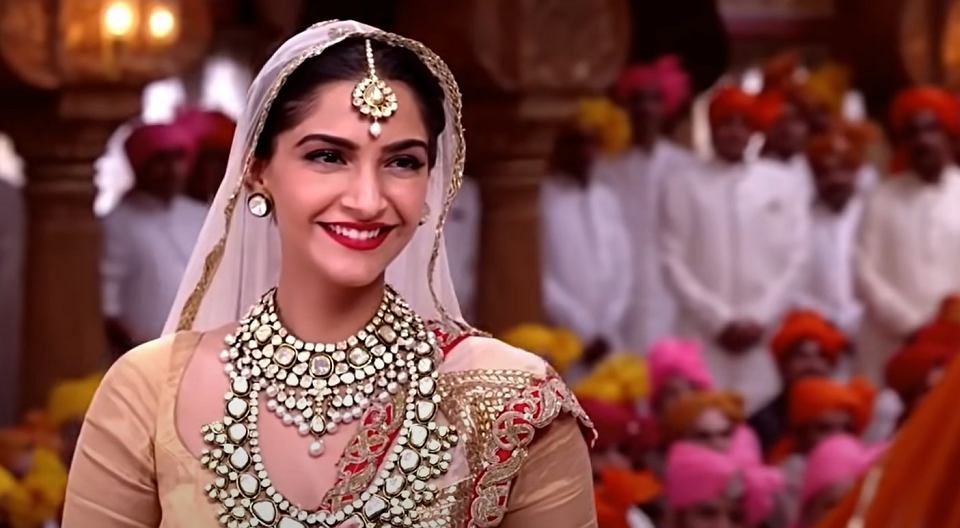
Bollywood is a cultural phenomenon that has captured the hearts of audiences worldwide. The Indian film industry is not just about making movies but reflects and shapes society’s values, aspirations, and dreams. Bollywood’s unique blend of drama, music, dance, and spectacle offers a cinematic experience, making it a significant player in global cinema. The films are characterized by melodrama, emotional storytelling, larger-than-life characters, and elaborate song and dance sequences, reflecting India’s rich cultural and artistic traditions.
Here are the iconic films of Bollywood that leave a mark on the world:
3 Idiots is a film that has made a significant impact not only in India but also worldwide. It resonates with audiences due to its themes of friendship, following one’s passion, and challenging the norm. The movie has broken records as the highest-grossing Indian film ever. It has also inspired many students to pursue their interests and question the education system.
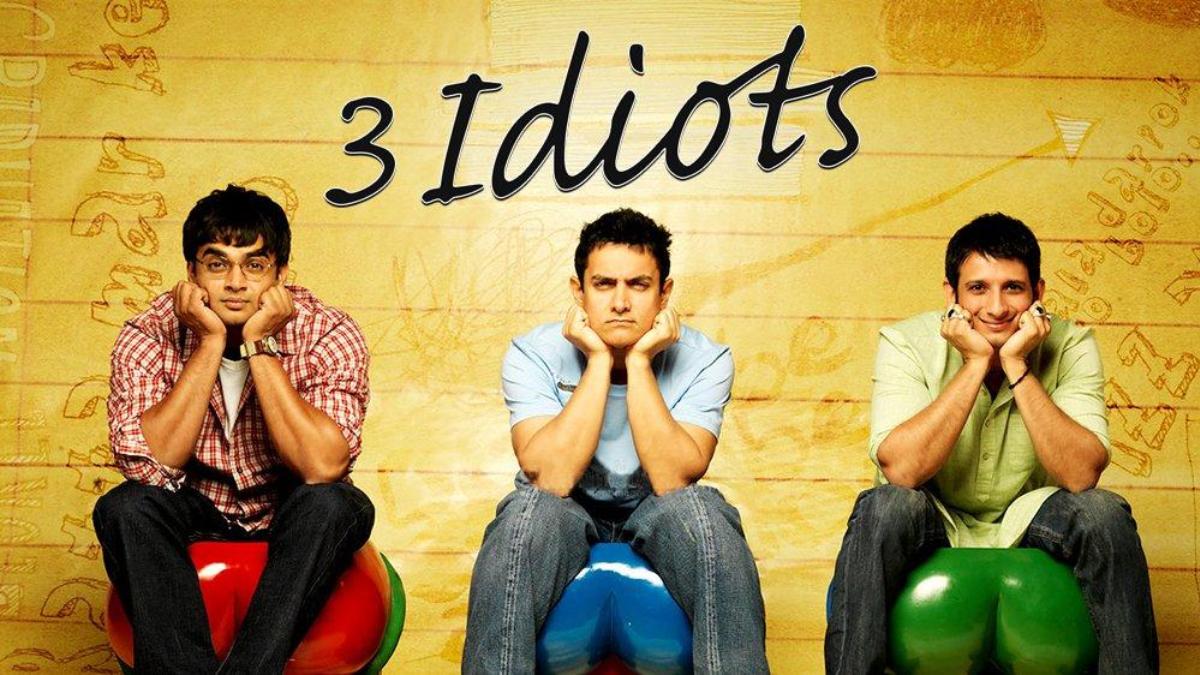
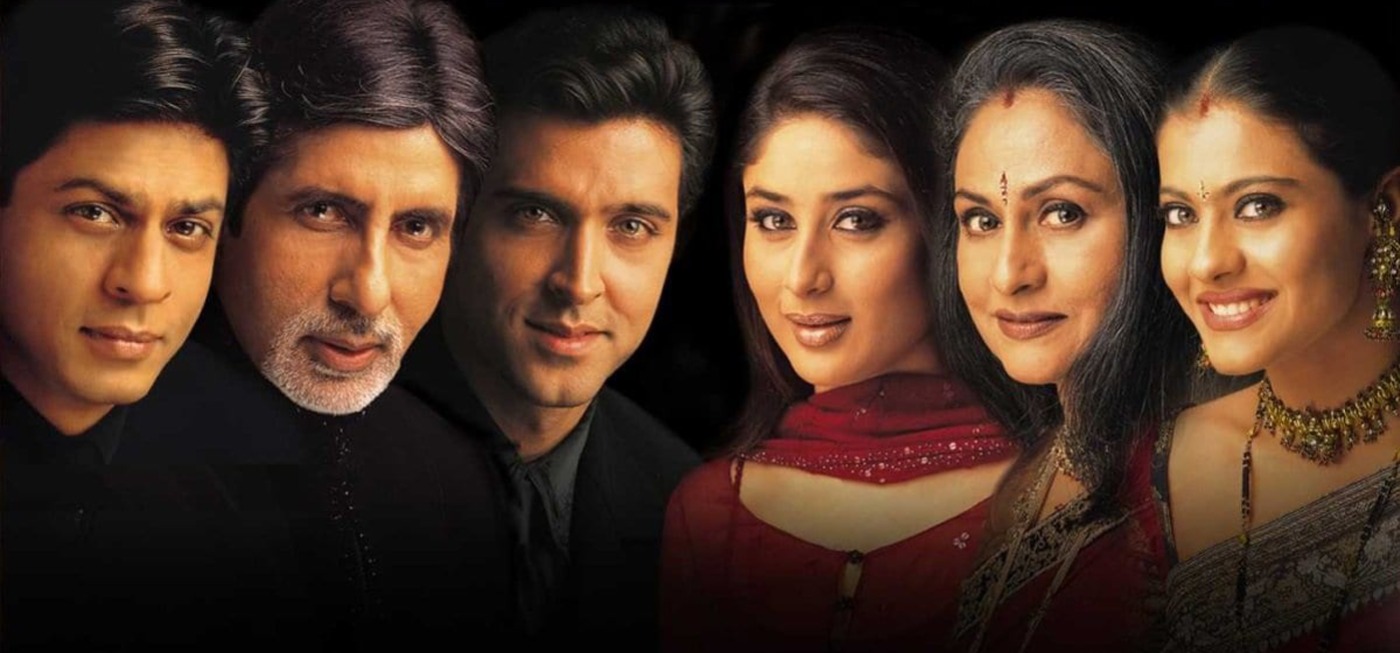
Kabhi Khushi Kabhie Gham has become a part of pop culture with iconic dialogues and beautifully conceptualized scenes. The film’s costumes have set fashion trends that are still followed today. The music and dance moves remain popular among audiences, and the movie has been a favorite since its release. It was also one of the highest-grossing movies of its time.
French New Wave: A Revolutionary Movement
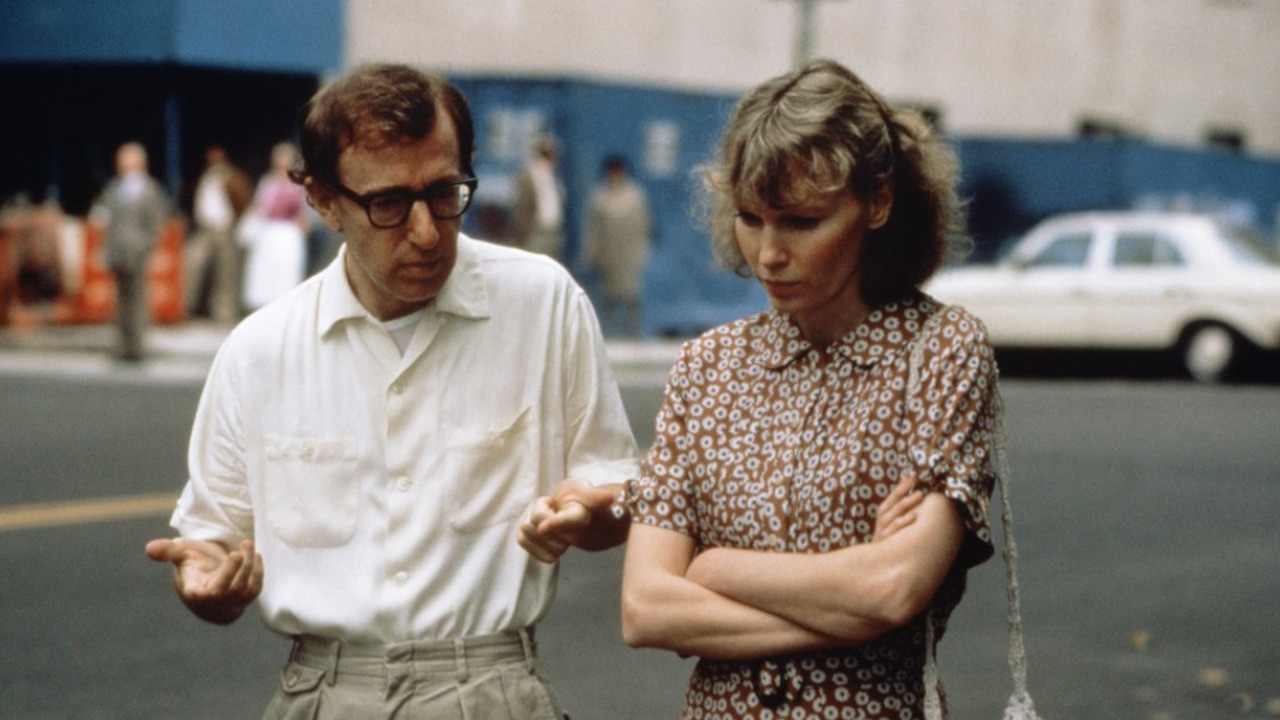
The French New Wave was a cinematic movement that emerged in the 1950s and 60s to respond to societal changes. It was characterized by rebelling against traditional filmmaking norms and embracing experimentation and innovation. The movement explored unconventional subjects, often focusing on youth and social issues, and presented them in a realistic, often existential, manner. The influence of the French New Wave extended far beyond France. It inspired many other international movements and iconic directors such as Woody Allen, Francis Ford Coppola, and Stanley Kubrick.
Here are the iconic films that the French New Wave inspired:

The First one is Birdman, directed by Alejandro González Iñárritu, who won Best Picture and Best Director at the 87th Academy Awards with its distinctive cinematography and editing, which creates the illusion of a single shot. This technique significantly improved from a French New Wave technique involving camera movement. At the same time, characters interact and switch between primary and supporting plotlines.

Sofia Coppola’s Lost in Translation was a commercial and critical success. The movie follows the story of a tired actor and a bored young wife who develop a friendship in Tokyo. The film’s simple plot and the captivating chemistry between the lead characters are similar to the French New Wave style. Additionally, the movie concludes with an ambiguous ending, a common characteristic of French New Wave films.
The French New Wave was an innovative and revolutionary movement that transformed the cinema industry. Its exceptional film style and inventive storytelling techniques continue to influence filmmakers worldwide.
East Asian Cinema: A Blend of Tradition and Innovation
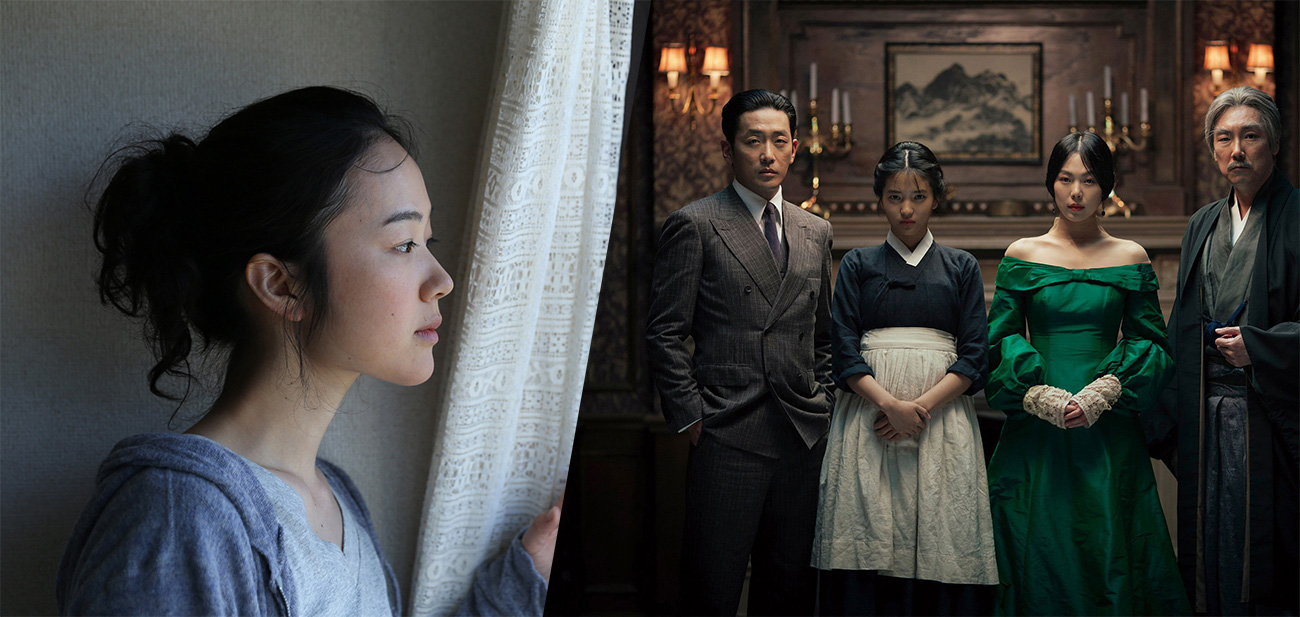
East Asian cinema is a unique and vibrant tapestry that blends traditional elements with innovative techniques, captivating audiences worldwide. Its industries, particularly those of China, Japan, and Korea, have produced many commercially successful films that have significantly influenced global cinema. Renowned directors like Wong Kar-wai, Takeshi Kitano, and Hou Hsiao-Hsien have each left an indelible mark on the industry with their distinctive film styles.
When discussing East Asian cinema, it’s impossible not to acknowledge the iconic films that have had a global impact. One of these films is Kim Ki-duk’s Spring, Summer, Fall, Winter … and Spring, a visually stunning allegory about life, death, inner peace, and turmoil. The film’s use of picturesque landscapes, religious and folklore references, and visual power make it a masterpiece.
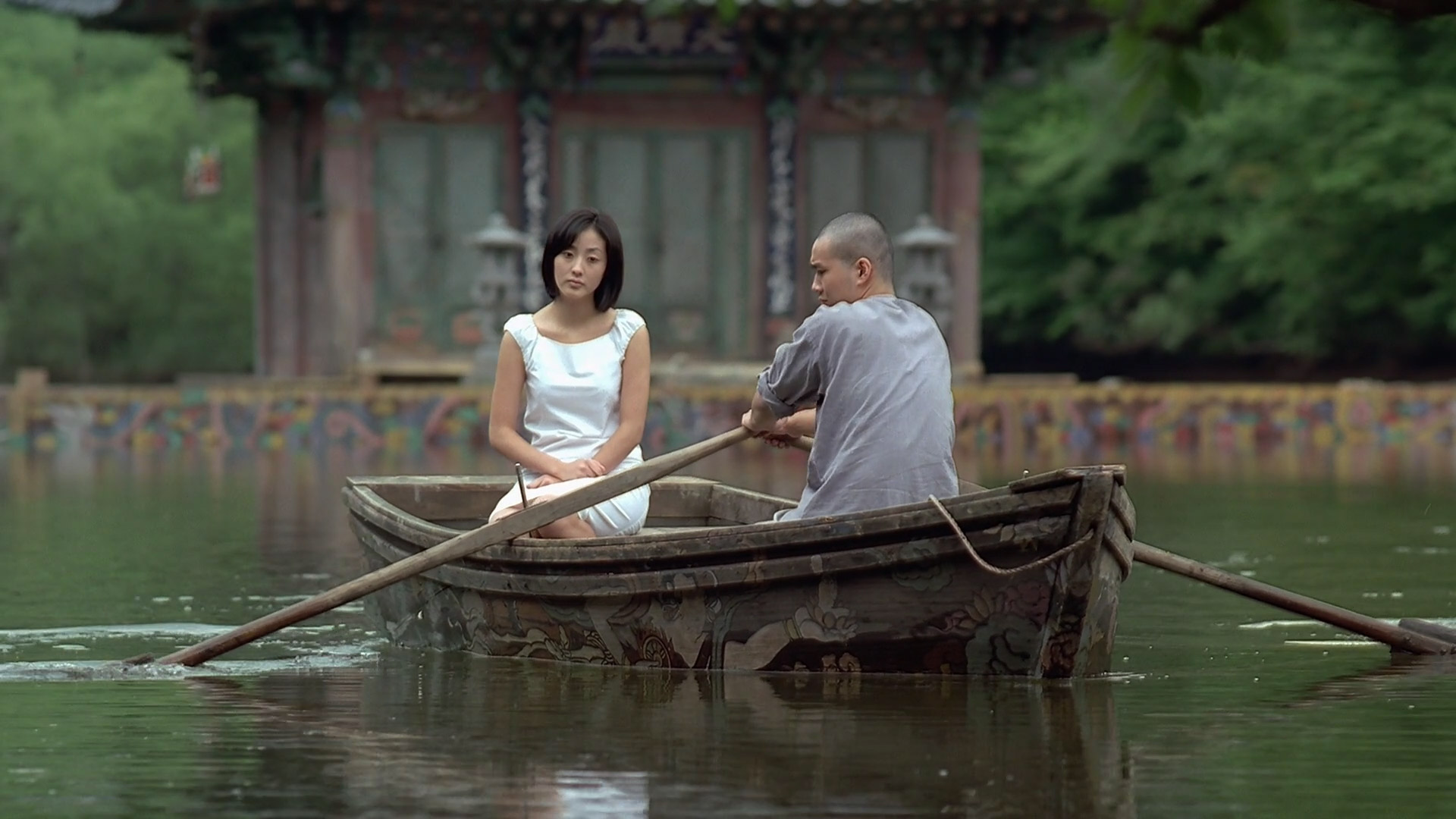
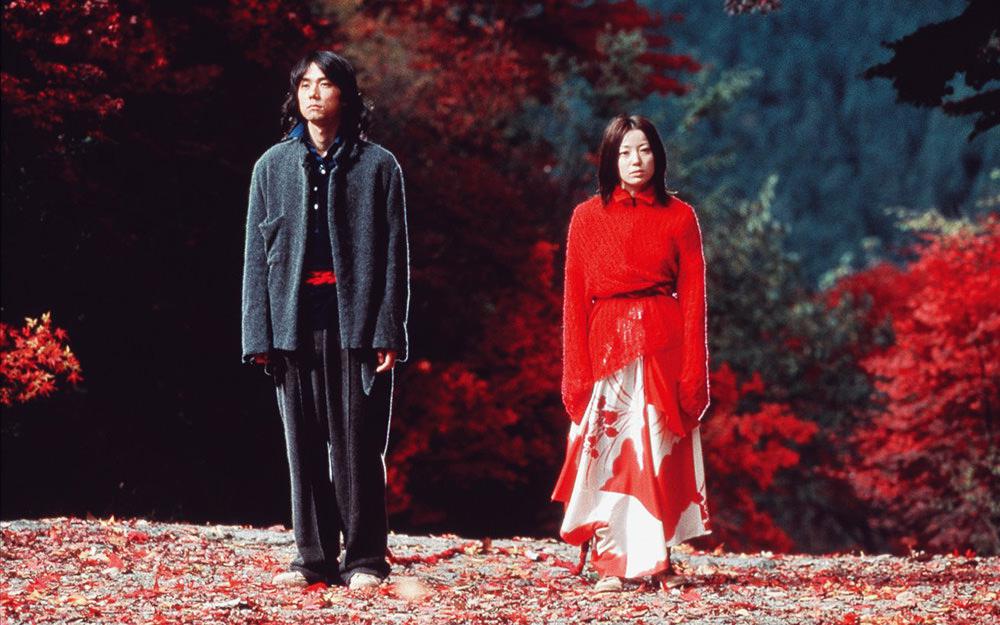
Another notable film is Takeshi Kitano’s Dolls, which tells profoundly moving love stories with theatrical elegance that portrays the tragedy of fate. The film’s vivid colors and puppet-like characters’ movements add to its visual intensity, making it a standout in East Asian cinema.
These films serve as a representation of the aesthetic richness and narrative depth that East Asian cinema has to offer.
Other Noteworthy Global Film Styles
The world of cinema extends far beyond Hollywood and Bollywood. Various film styles from all over the globe have significantly impacted the industry. Among them are Italian Neorealism, German Expressionism, and the Australian New Wave, each with its defining characteristics and iconic movies.
Italian Neorealism emerged after World War II. It is known for its stories about the poor and working-class, shot on location and often featuring non-professional actors. Umberto D., directed by Vittorio De Sica, is a prime example of this style. The film tells the story of an elderly man in Rome struggling to maintain his dignity in a city indifferent to his plight. It is a poignant representation of the hardships faced by ordinary people, a common theme in Italian Neorealism.
On the other hand, German Expressionism is characterized by its use of stark contrasts and dramatic shadows to explore distorted realities and the human psyche. The Cabinet of Dr. Caligari, directed by Robert Wiene, is a classic example of this style. The film uses distorted sets and stark light-and-shadow effects to create a sense of unease and disorientation, mirroring the mental state of its characters.
The Australian New Wave saw a resurgence of Australian film in the early 1970s, focusing on displaying the hallmark qualities of “Australianness.” Films like Wake in Fright, directed by Ted Kotcheff, broke out of the micro-budget shackles of Australian film, impacting and influencing cinema globally. The film explores the Australian outback in a way antithetical to the product of Australianness that Australian cinema would come to represent in the following decade.
Though different in their approach and aesthetics, these film styles have all contributed to the rich tapestry of global cinema. They offer unique perspectives and storytelling techniques that continue to influence filmmakers today.
CONCLUSION
In the end, the diverse film styles of global cinema are a testament to the creativity and innovation of filmmakers worldwide. From Hollywood’s glitz and glamour to Bollywood’s vibrant colors, the French New Wave’s revolutionary spirit, and East Asian cinema’s blend of tradition and innovation, each style has unique characteristics that reflect the cultural contexts from which they emerged. They have shaped and continue to influence contemporary global cinema, expanding the possibilities of cinematic storytelling and paving the way for new film styles and movements. These film styles offer unique perspectives on human experiences, societal issues, and cultural identities, fostering empathy and understanding among diverse audiences. They remind us of the power of cinema to reflect and shape our world, challenge our assumptions, and inspire change.










